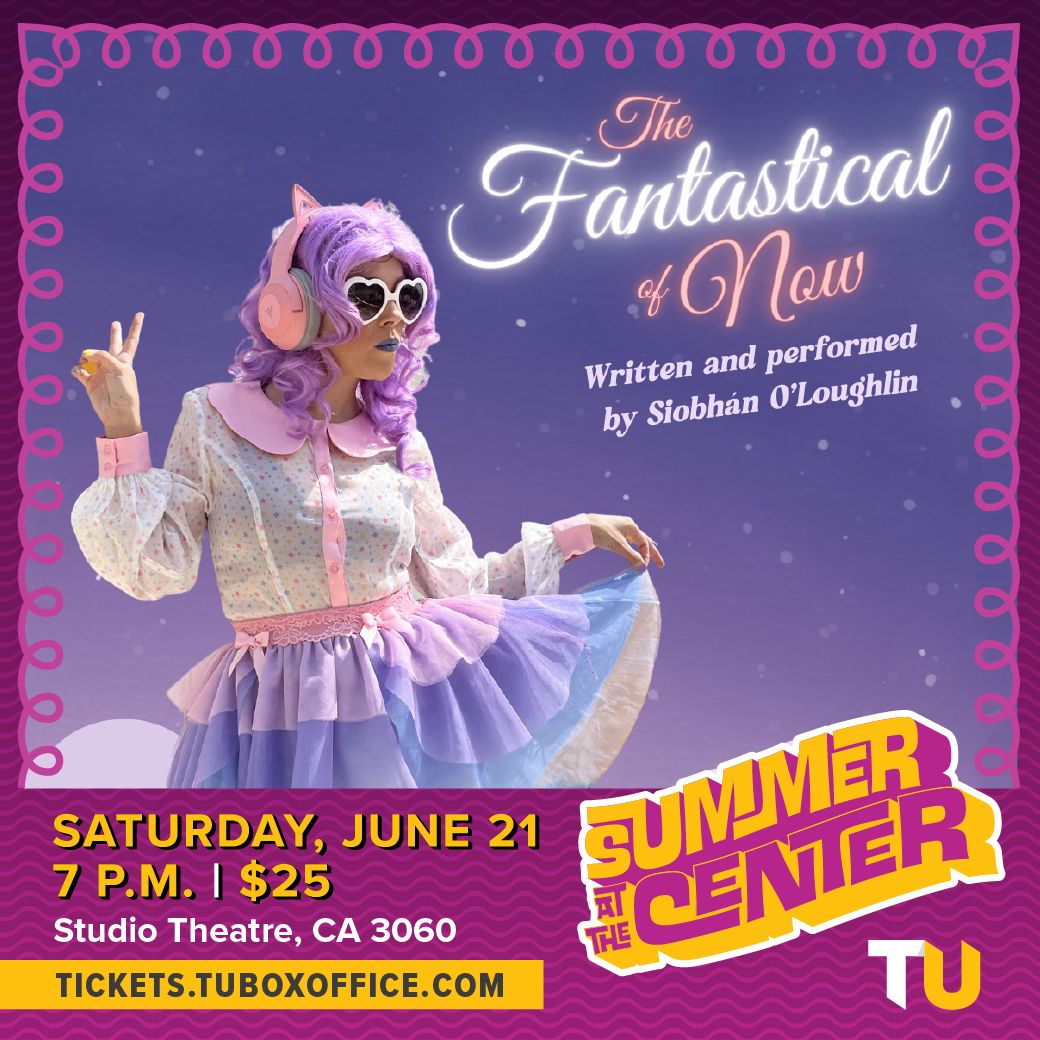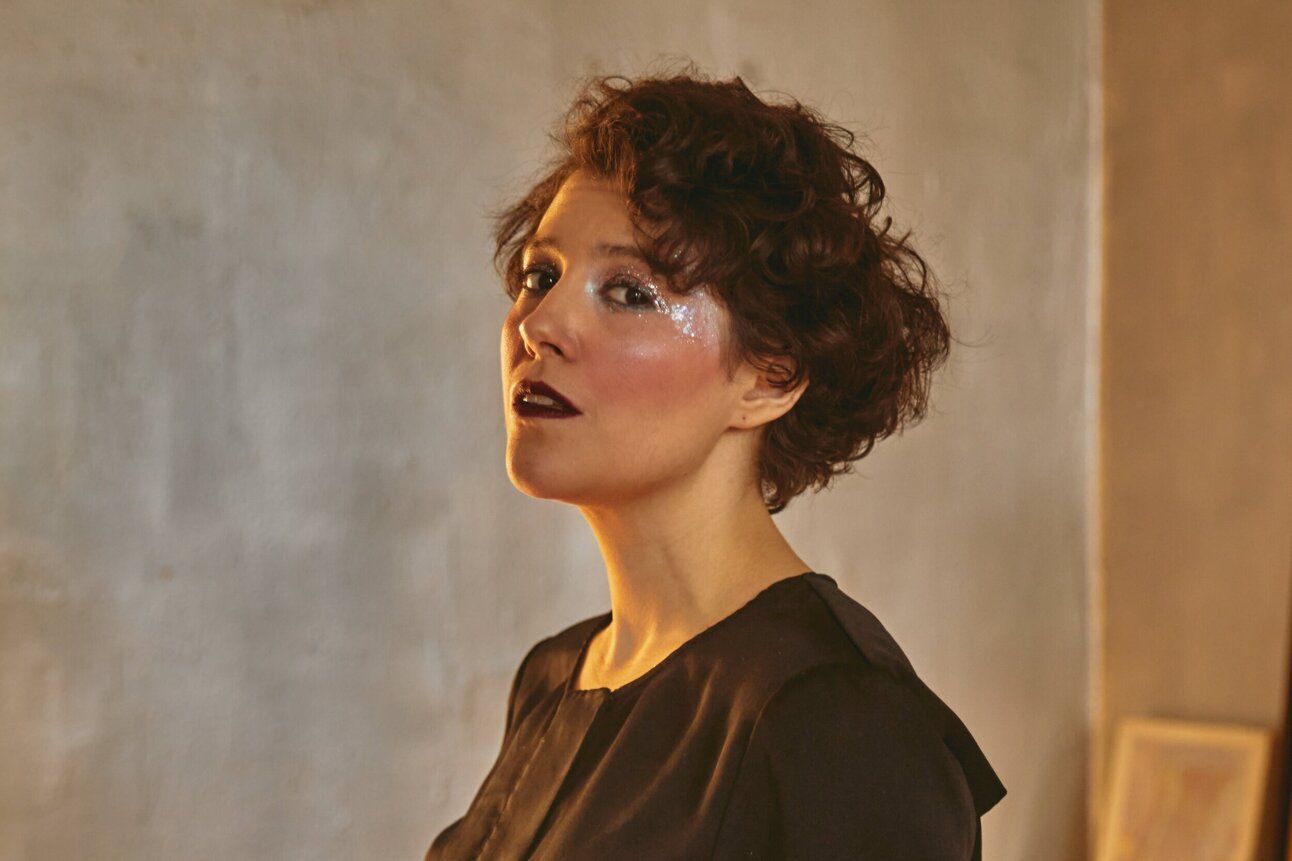Siobhán O’Loughlin, a 2009 graduate of Towson University, is redefining what it means to experience live theater in the digital age. Her return to Towson this past weekend with her solo immersive show, The Fantastical of Now, was not just a homecoming for a celebrated alumna—it was a glimpse into the future of performance art, where the boundaries between audience, performer, and technology are delightfully blurred.
Roots in Towson: From Student to Innovator
O’Loughlin’s connection to Towson runs deep. As an undergraduate in the Theatre Arts program, she honed her craft under the mentorship of faculty like Professor Steven Satta. The campus provided a fertile ground for her early explorations in performance and storytelling, fostering a spirit of experimentation that would become her trademark. Her return to Towson for The Fantastical of Now was both a tribute to her roots and a showcase of how far she—and the medium of theater—have come.
The Fantastical of Now: Plot and Performance
At its core, The Fantastical of Now is a solo immersive performance that places the audience at the heart of the story. The protagonist, Bambi, is a lonely, video game-loving, Dungeons & Dragons-obsessed e-girl and TikTok star, nervously embarking on her first book talk for her most devoted fans. As Bambi stumbles through her presentation, seeking validation and connection, the audience becomes an active participant, helping to shape the narrative in real time. The show’s structure is reminiscent of a “choose your own adventure,” with O’Loughlin improvising and adapting based on audience choices and interactions.
Beneath the playful surface, the performance delves into themes of human vulnerability, imposter syndrome, and the universal longing for community. As Bambi’s sparkly façade begins to crack, the lines between performer and spectator dissolve, transforming the theater into a space of shared discovery and empathy.

PROMO FROM LAST WEEK’S SHOW
Pioneering Immersive and VR Theater
What sets O’Loughlin apart is her commitment to immersive theater—not just in physical spaces, but also in the digital realm. The Fantastical of Now is her first major foray into virtual reality (VR) theater, a bold experiment that allows remote audiences to experience the show as avatars, interacting with O’Loughlin and each other in a shared virtual space.While this Towson performance itself was not broadcast in VR, the show’s set and design were conceived with VR in mind, and O’Loughlin has been actively developing and performing the piece for online audiences using this technology.
In interviews, O’Loughlin has emphasized how VR enables a new kind of togetherness, even for those physically separated by distance. Participants don avatars and step into the story, not just as passive viewers but as co-creators. “The participants have been fun while taking the performance seriously, playing along nicely,” she noted, highlighting the unique blend of play and sincerity that VR makes possible.
Past Work: Broken Bone Bathtub and Beyond
O’Loughlin’s reputation as an innovator in immersive theater was cemented with Broken Bone Bathtub, a solo show performed entirely in bathtubs in people’s homes, for intimate audiences of 6–12. The piece, which explores themes of vulnerability, healing, and community, was crowdfunded by over 300 supporters, raising $40,000 for a documentary about the project. The success of Broken Bone Bathtub demonstrated O’Loughlin’s ability to create powerful, personal experiences that transcend traditional theater settings.
Other notable works include Every Day I’ll Hope, a show performed in a voice-over booth for a single audience member at a time, and Please Don’t Touch the Artist, which further explores the possibilities of technology-mediated performance. In each, O’Loughlin’s focus remains on fostering genuine connection—whether in a living room, a recording booth, or a virtual world.
A Commitment to Community and Live Experience
Despite her embrace of technology, O’Loughlin is a passionate advocate for the irreplaceable magic of live, shared experiences. “She stresses the importance of live experiences, and the togetherness of bringing people together around the arts,” as noted in other recent interviews. Now based in Los Angeles, with stints in New York, Philadelphia, and even Japan, O’Loughlin views her creative journey as a search for community—among artists, audiences, and the broader public.
Her move to LA was, in her words, a “creative exploration,” an opportunity to build new networks and collaborate with other actors and creators. Yet, her work remains deeply rooted in the values she cultivated at Towson: curiosity, collaboration, and a willingness to take risks.
The Future: Virtual Reality and the Evolution of Theater
O’Loughlin’s experiments with VR are more than a novelty—they point to a future where immersive, interactive theater can reach audiences around the globe. As VR technology becomes more accessible and mainstream, early adopters like O’Loughlin are laying the groundwork for new forms of storytelling that are participatory, boundary-pushing, and deeply human.
Audiences can expect more hybrid performances, where the physical and virtual blend seamlessly, and where the role of the spectator is as vital as that of the performer. O’Loughlin’s work suggests a future in which theater is not just something we watch, but something we do—together, in whatever space (real or virtual) we find ourselves.



